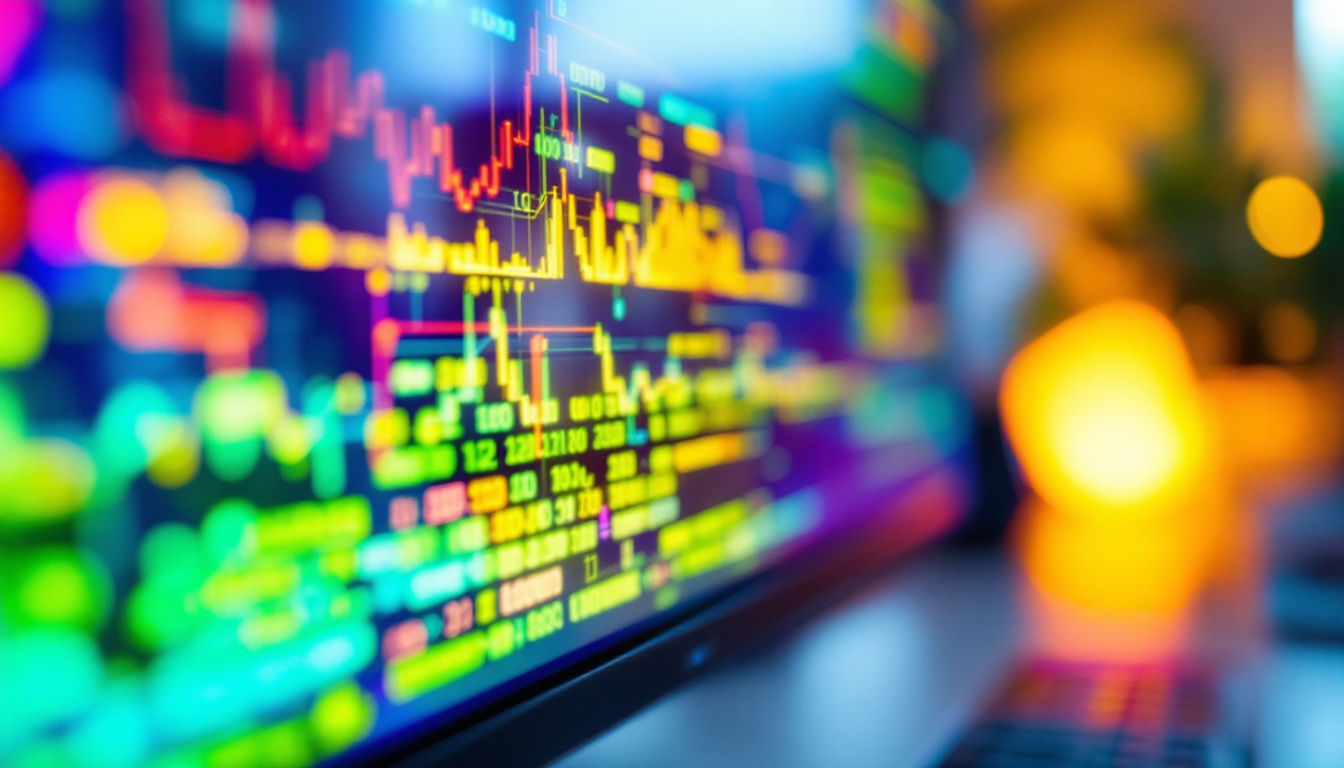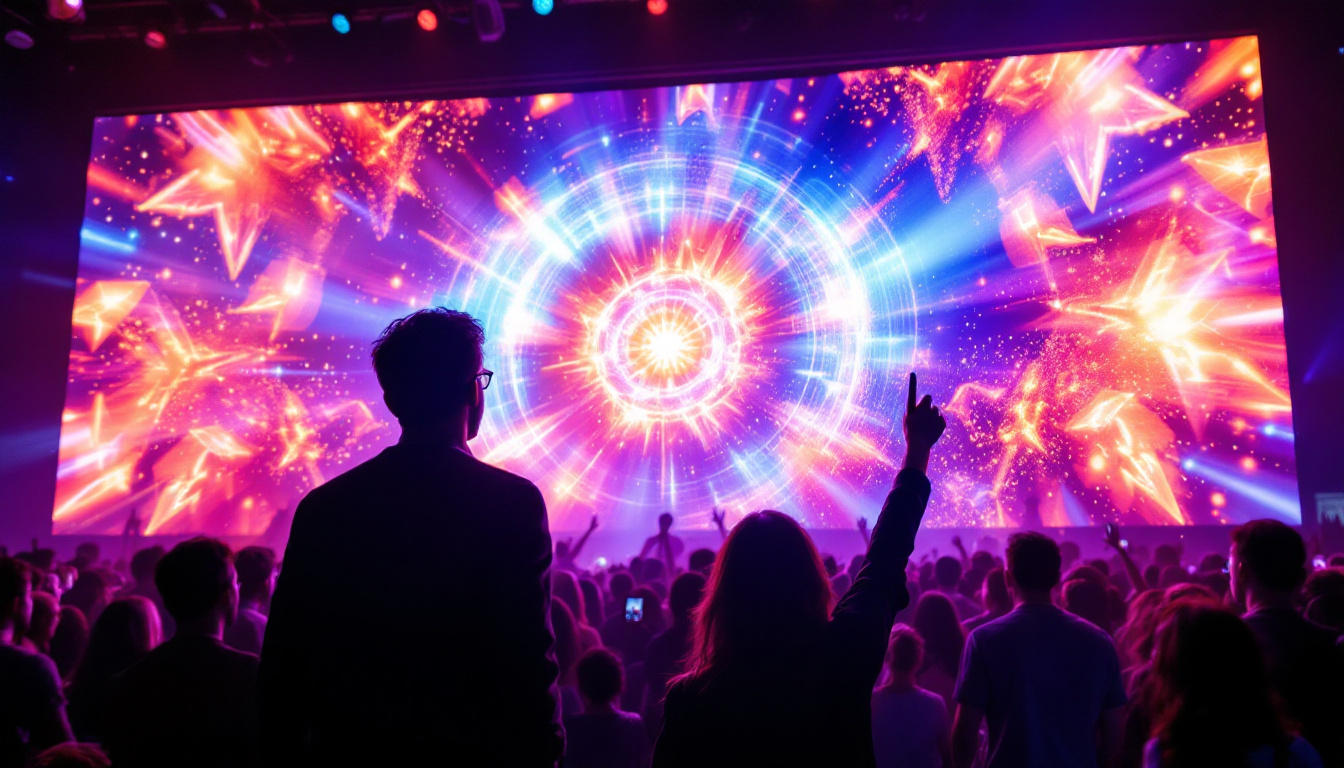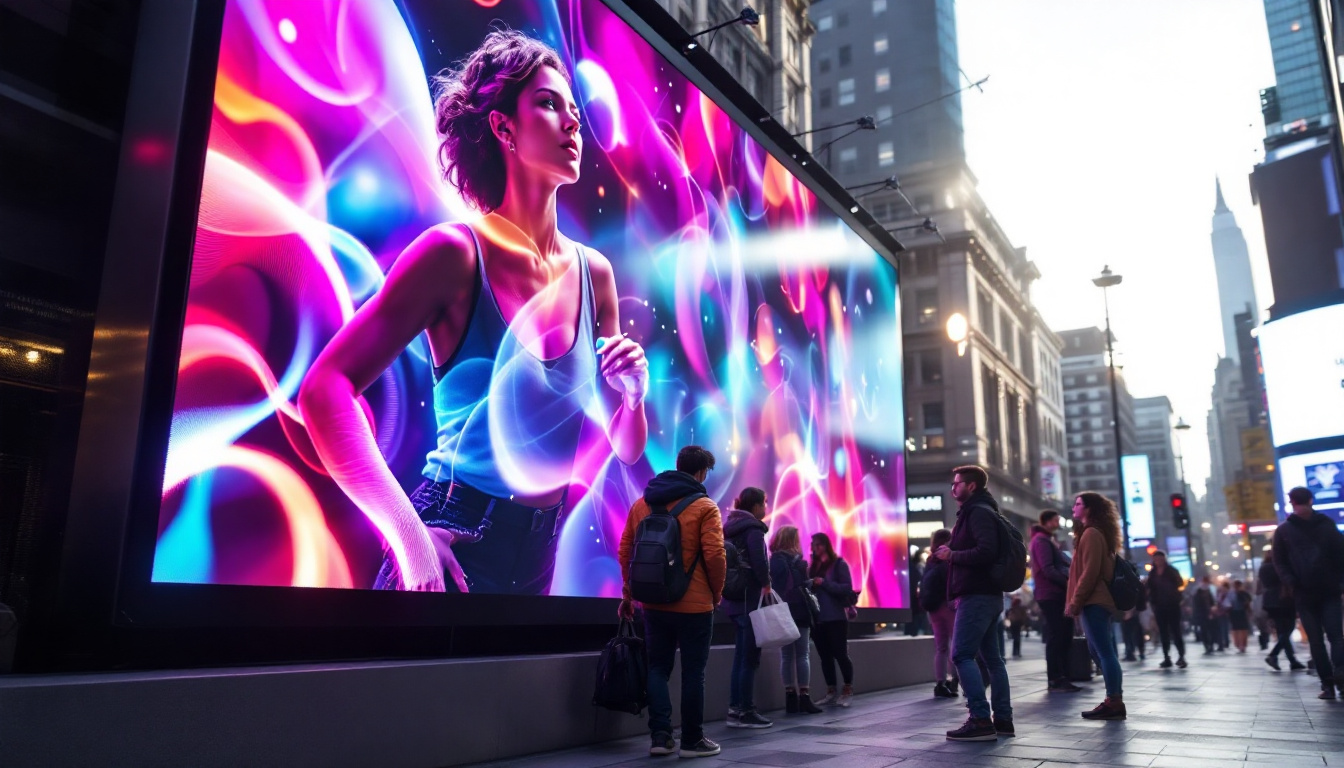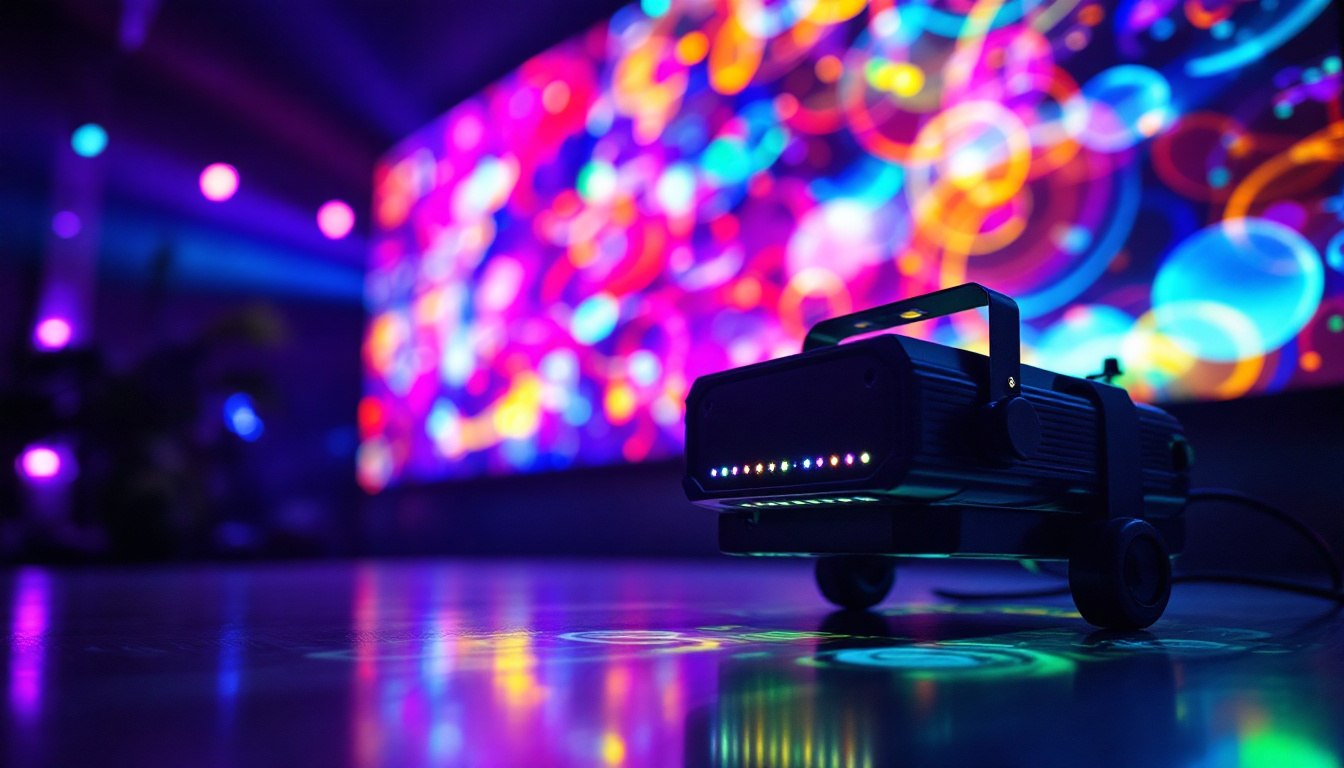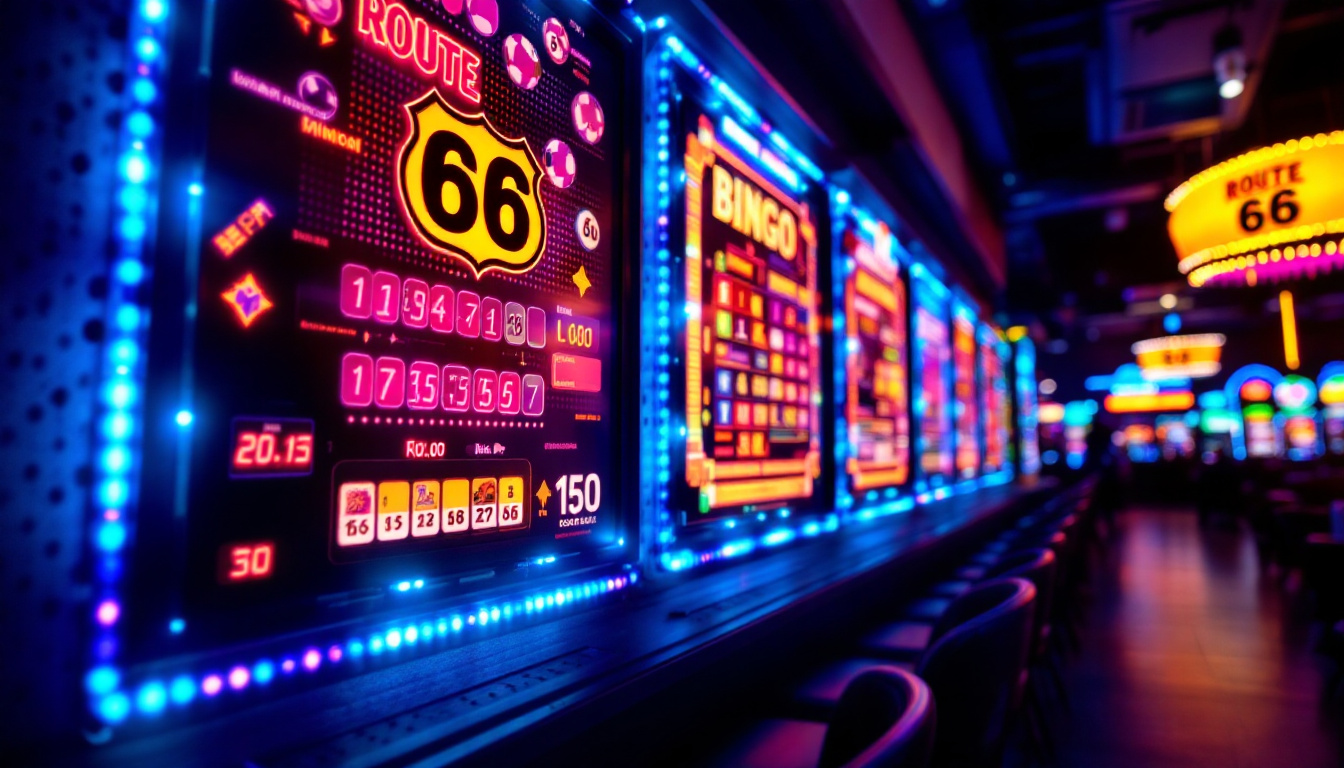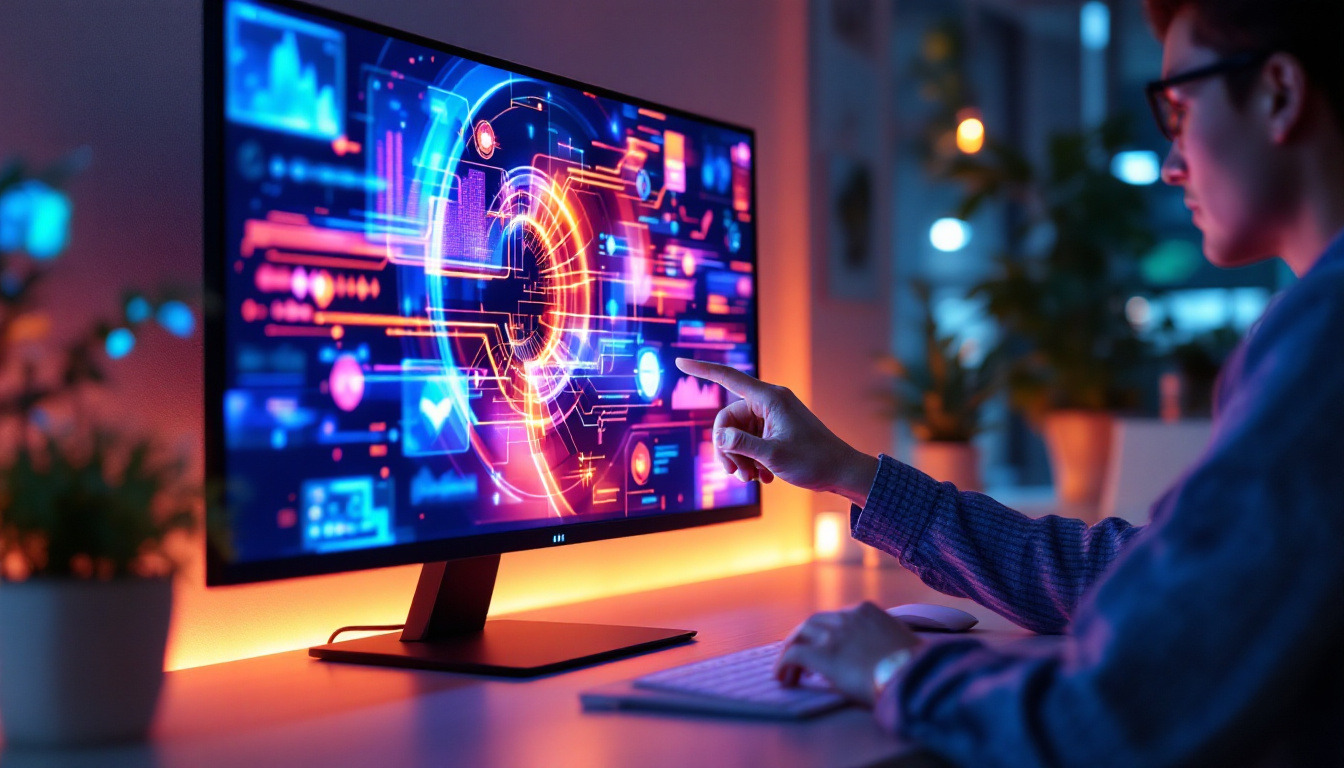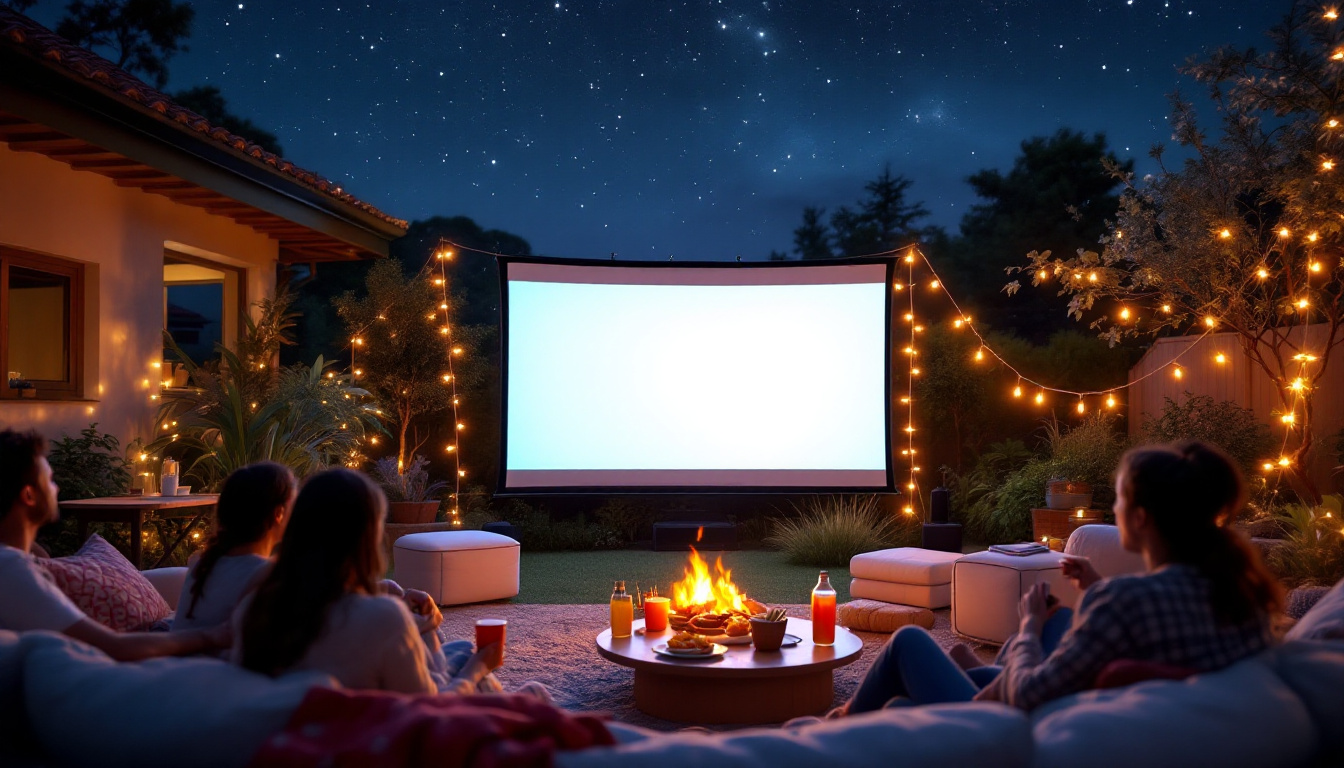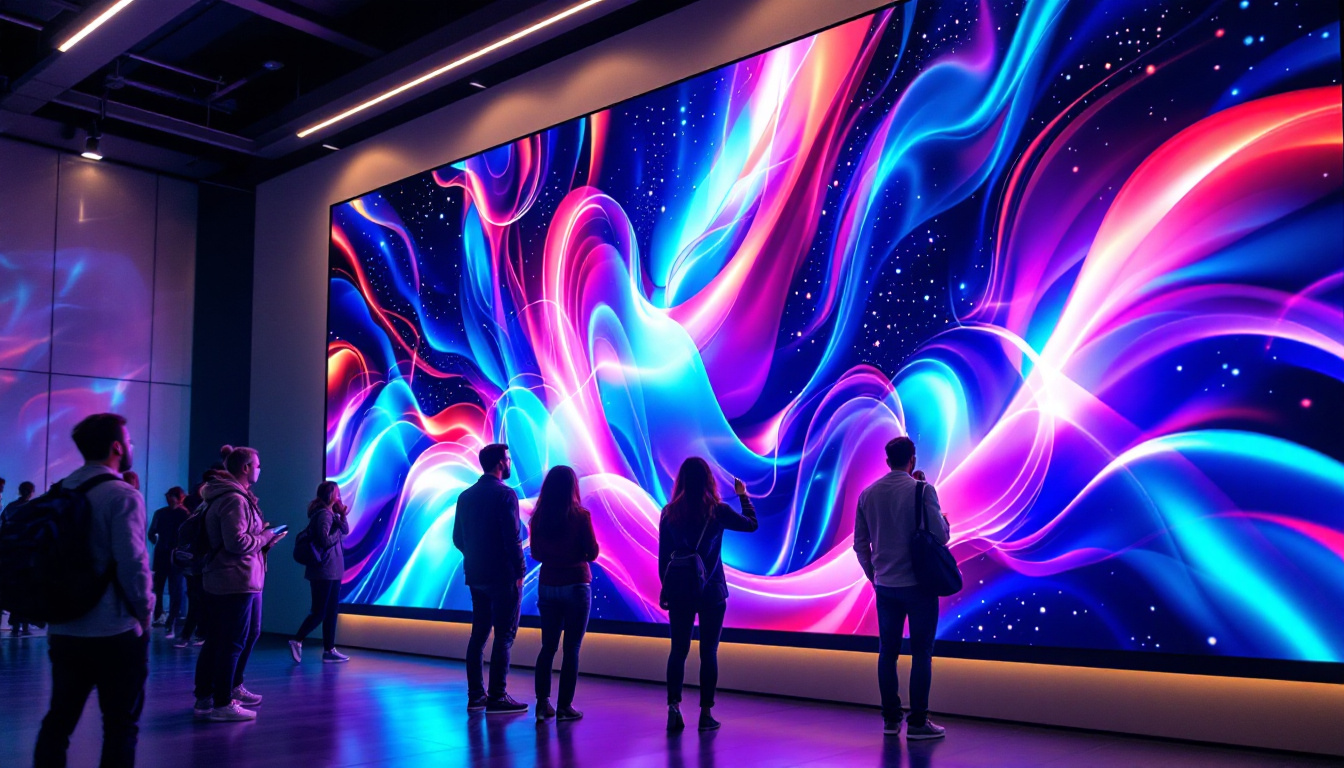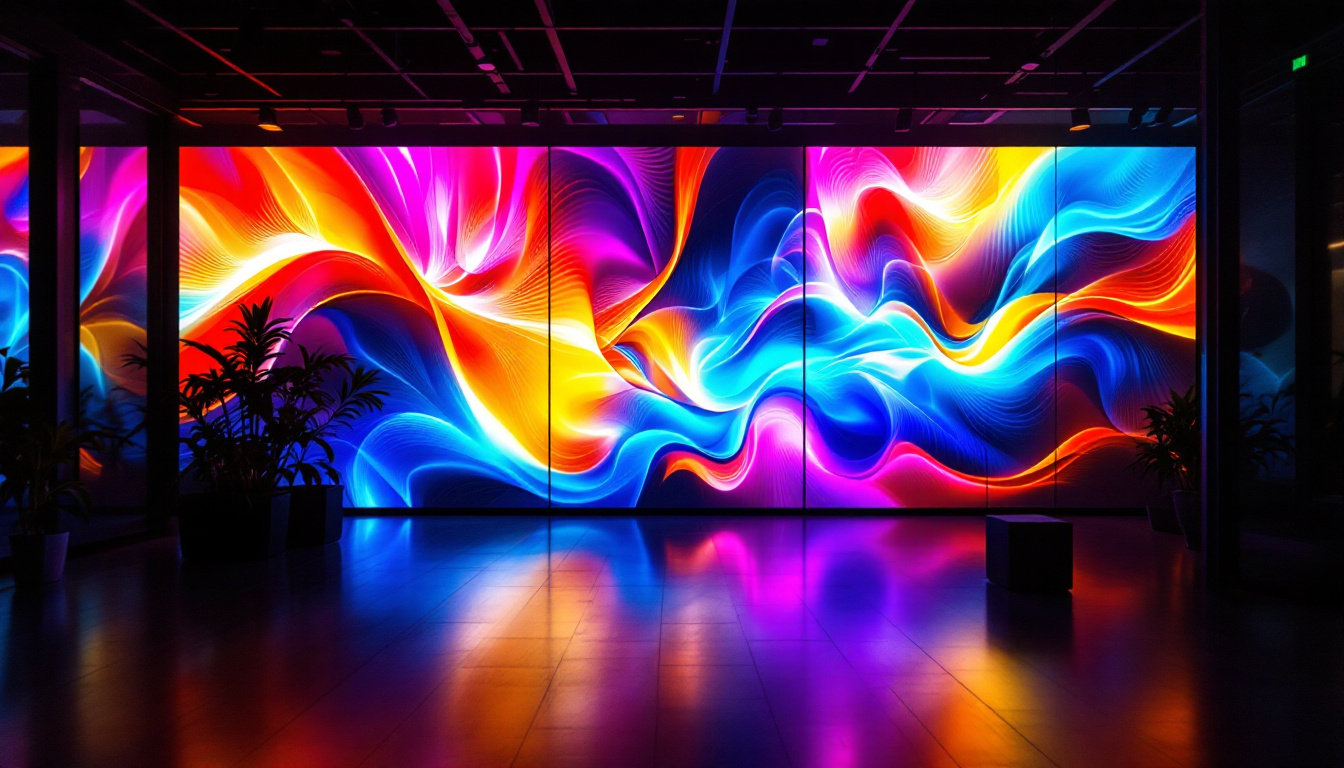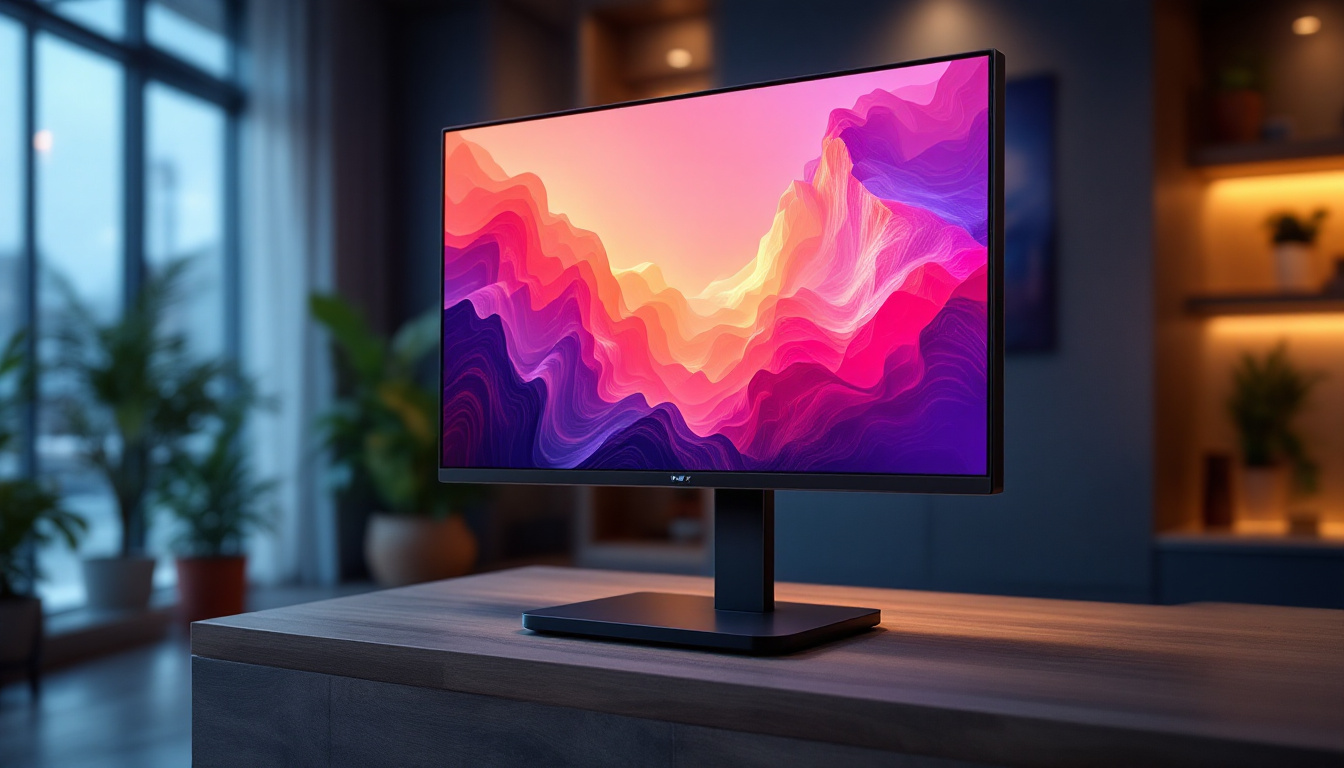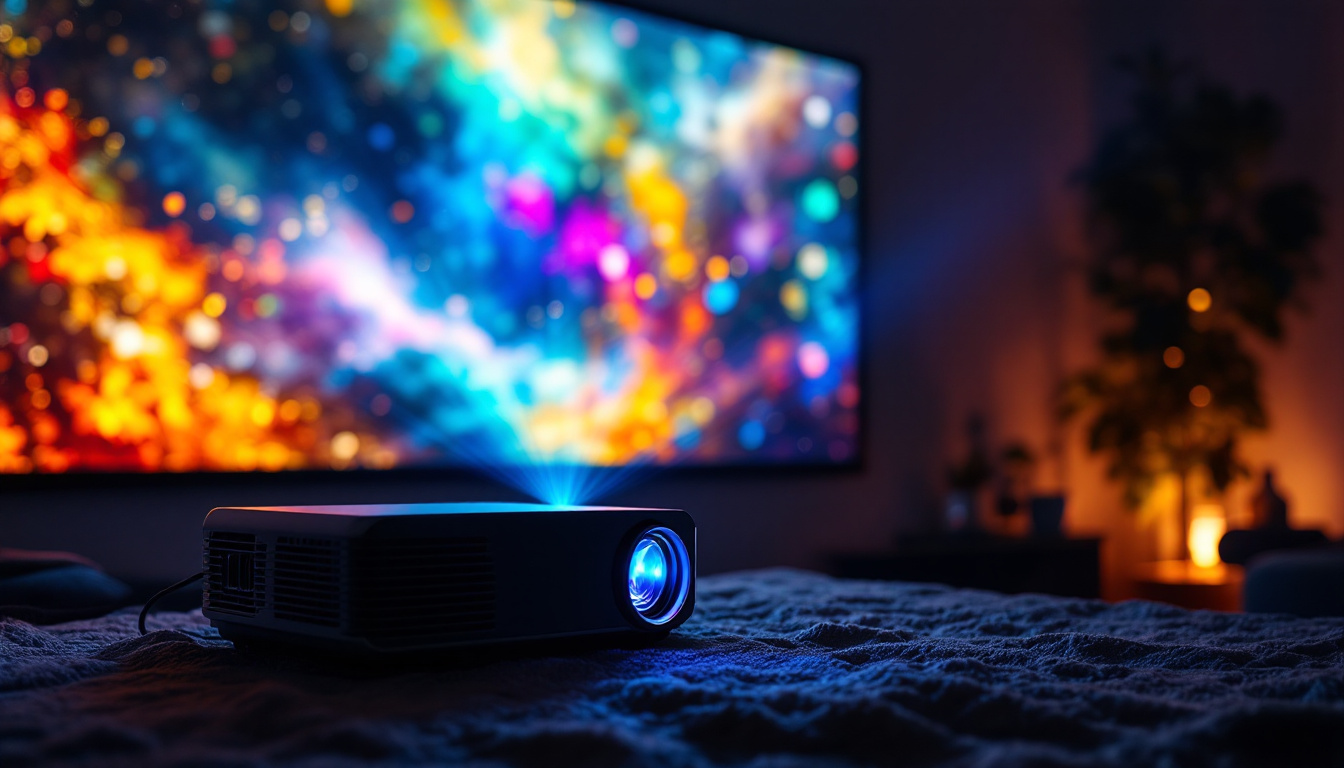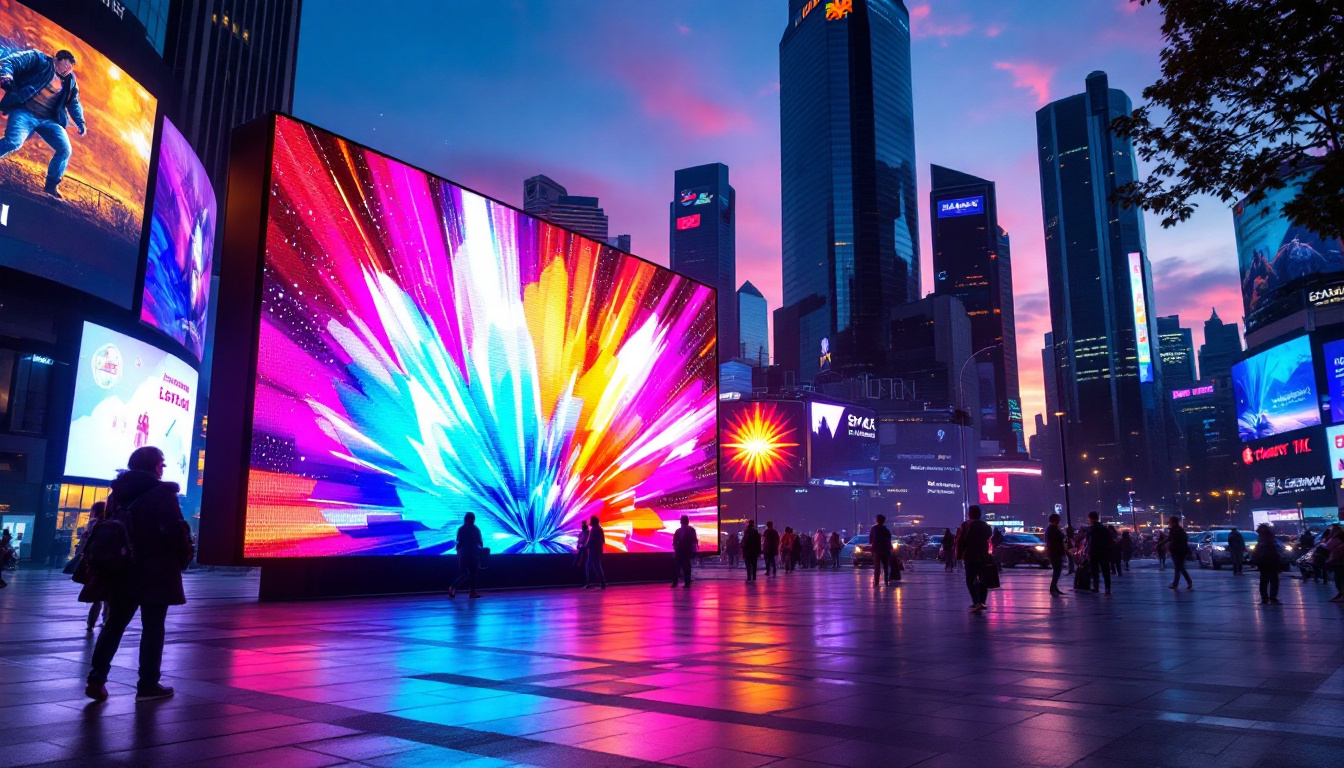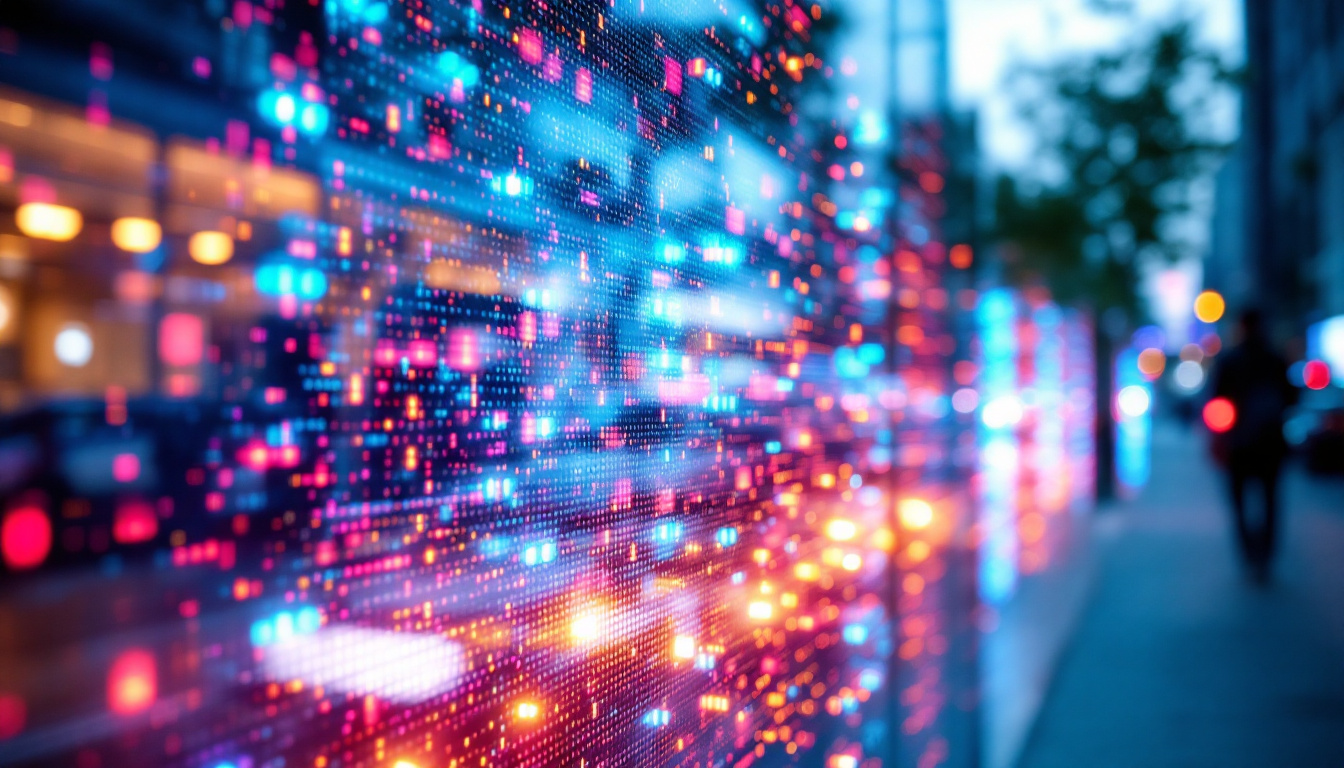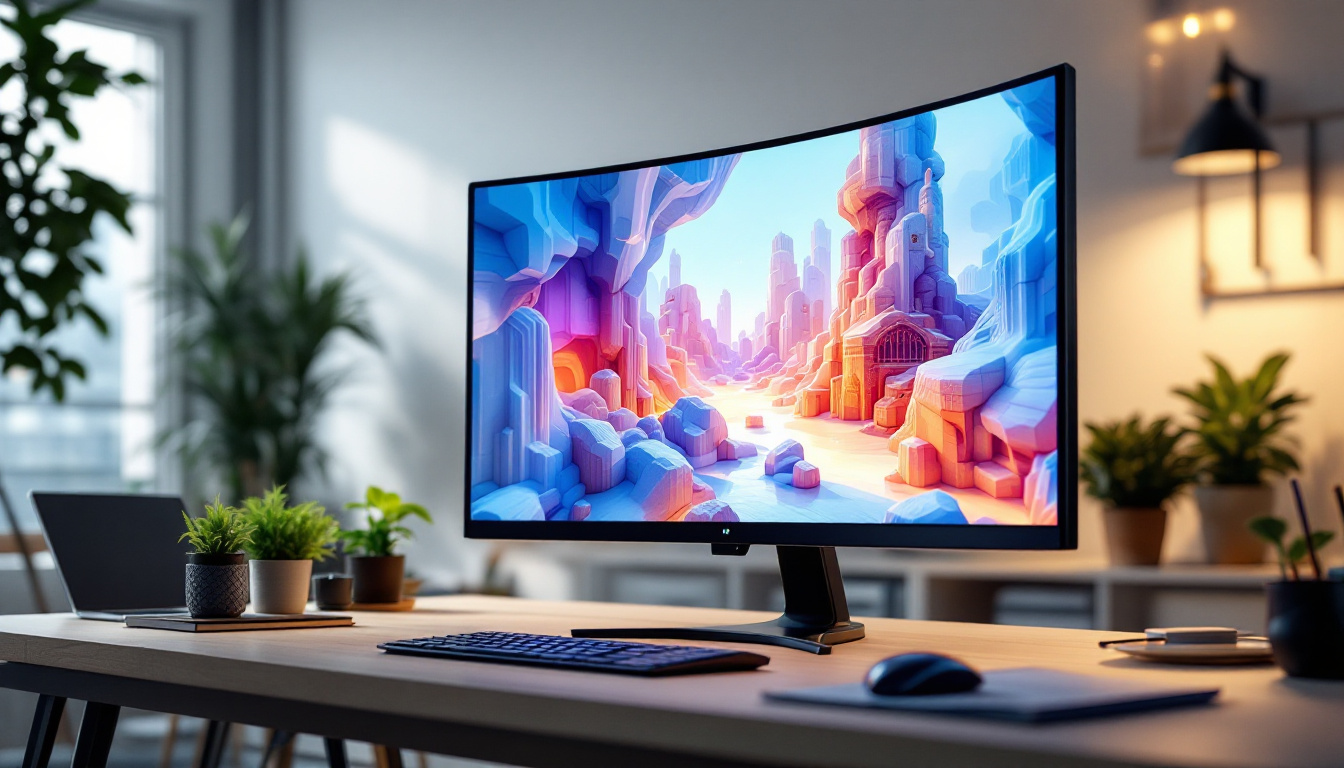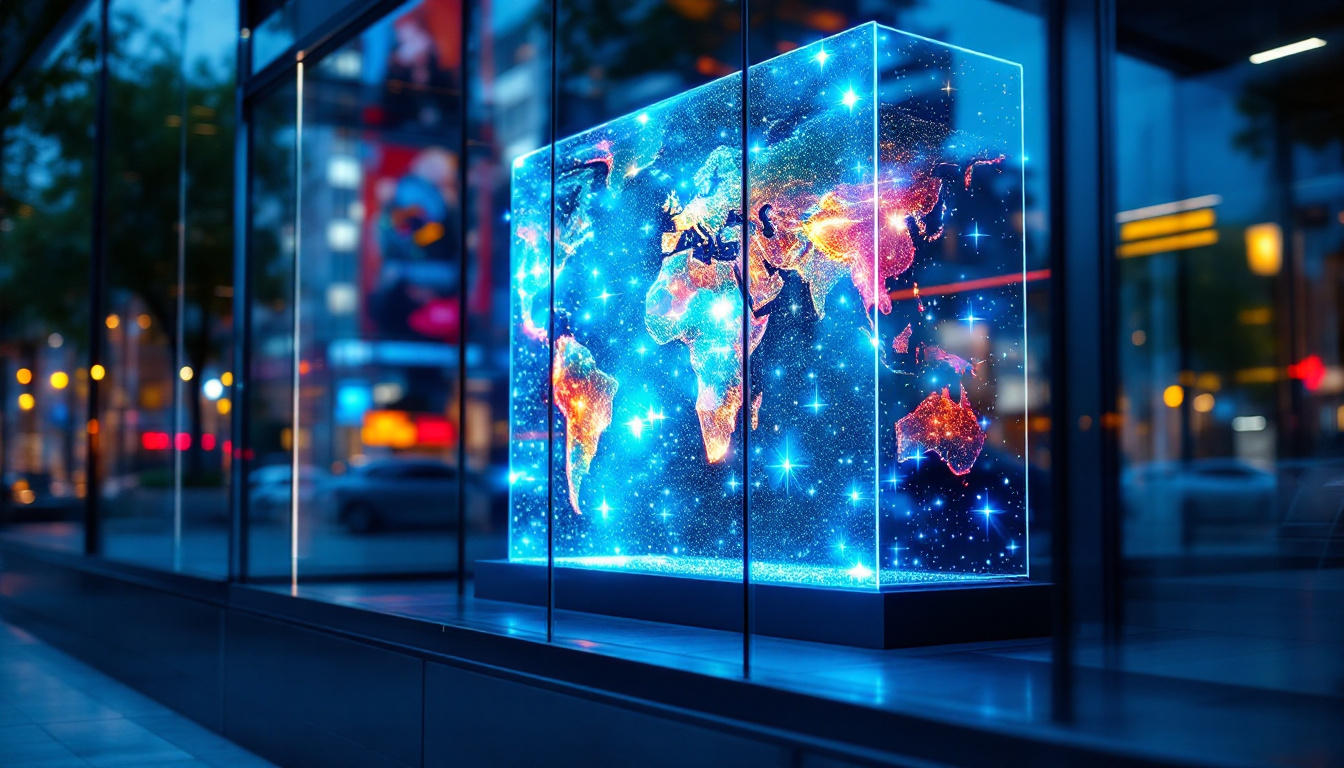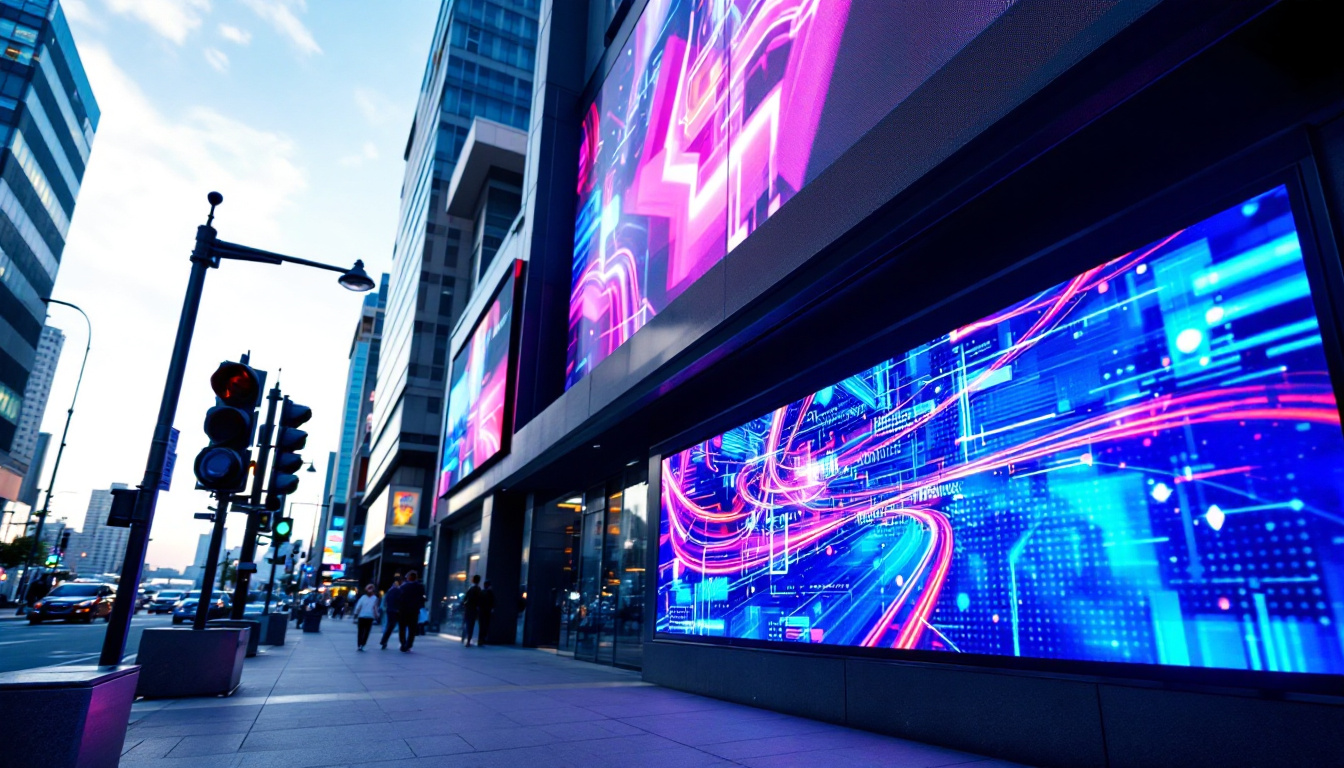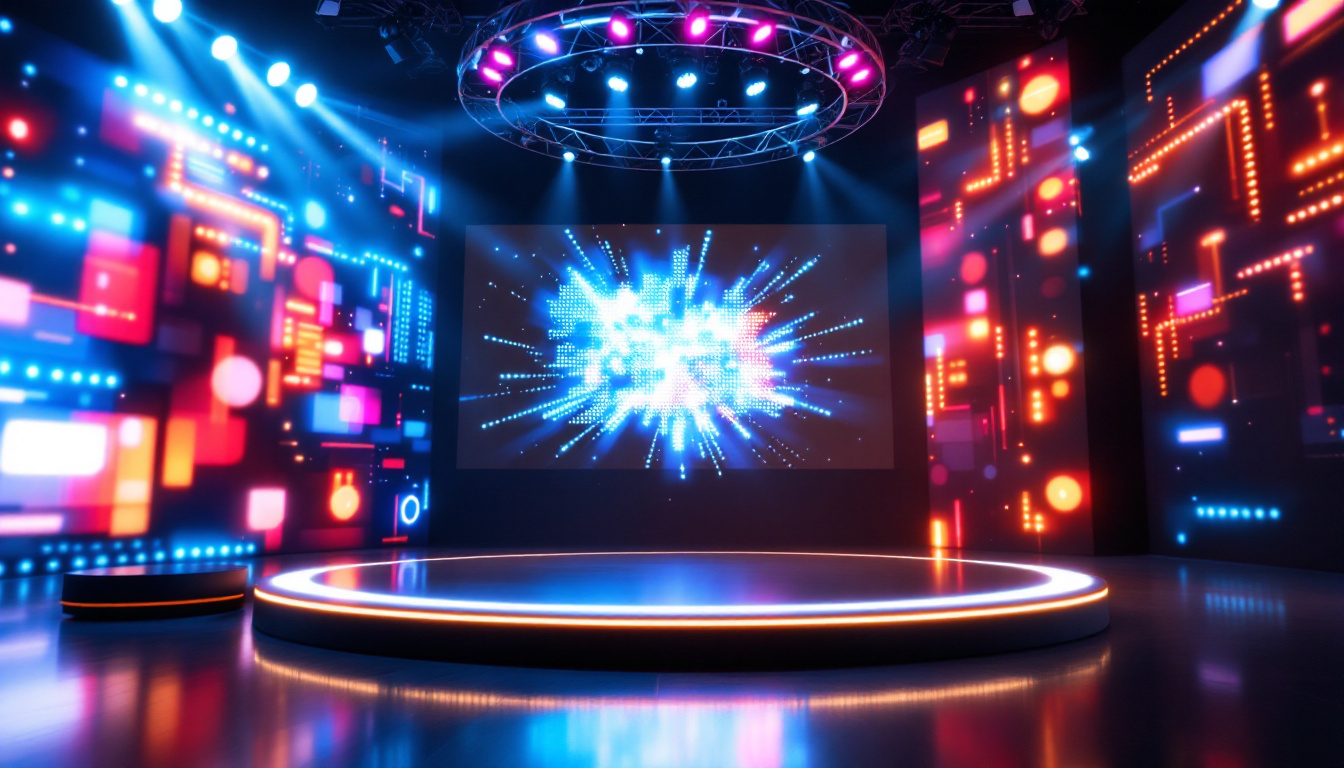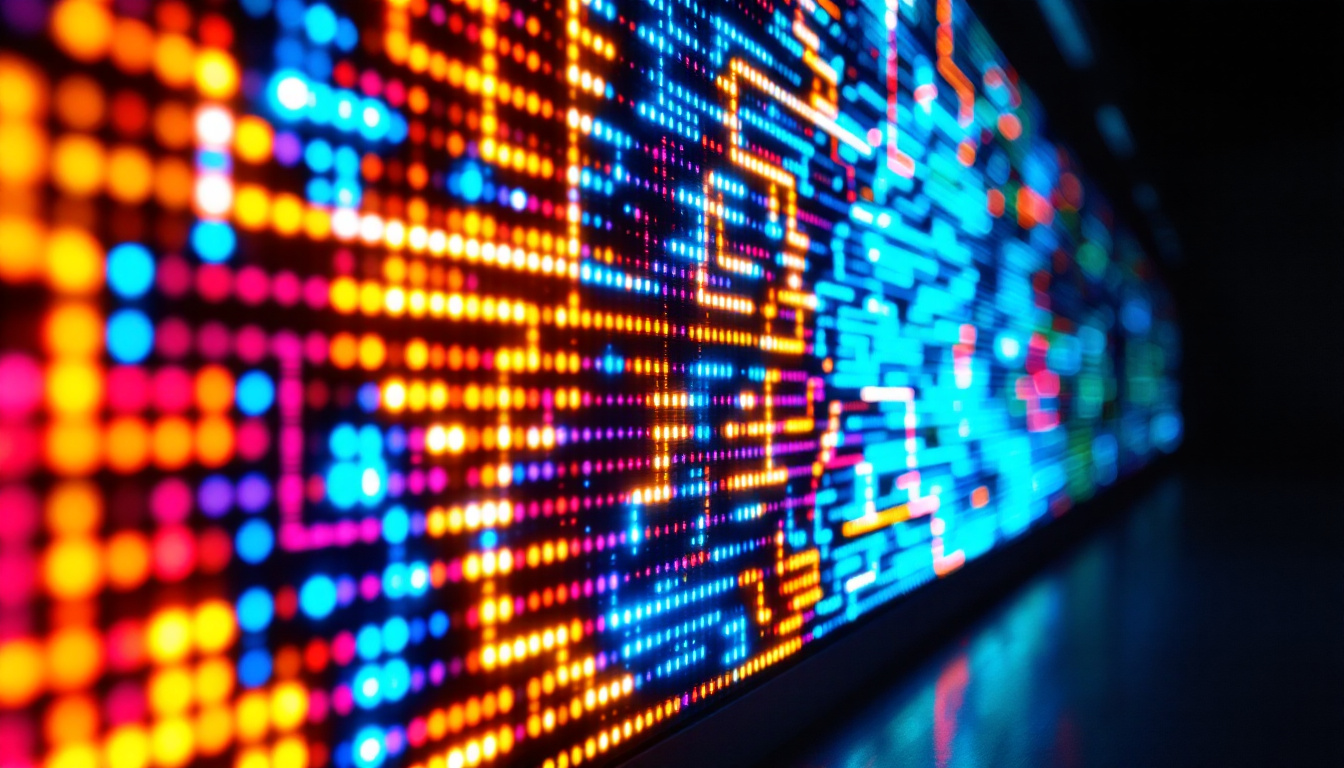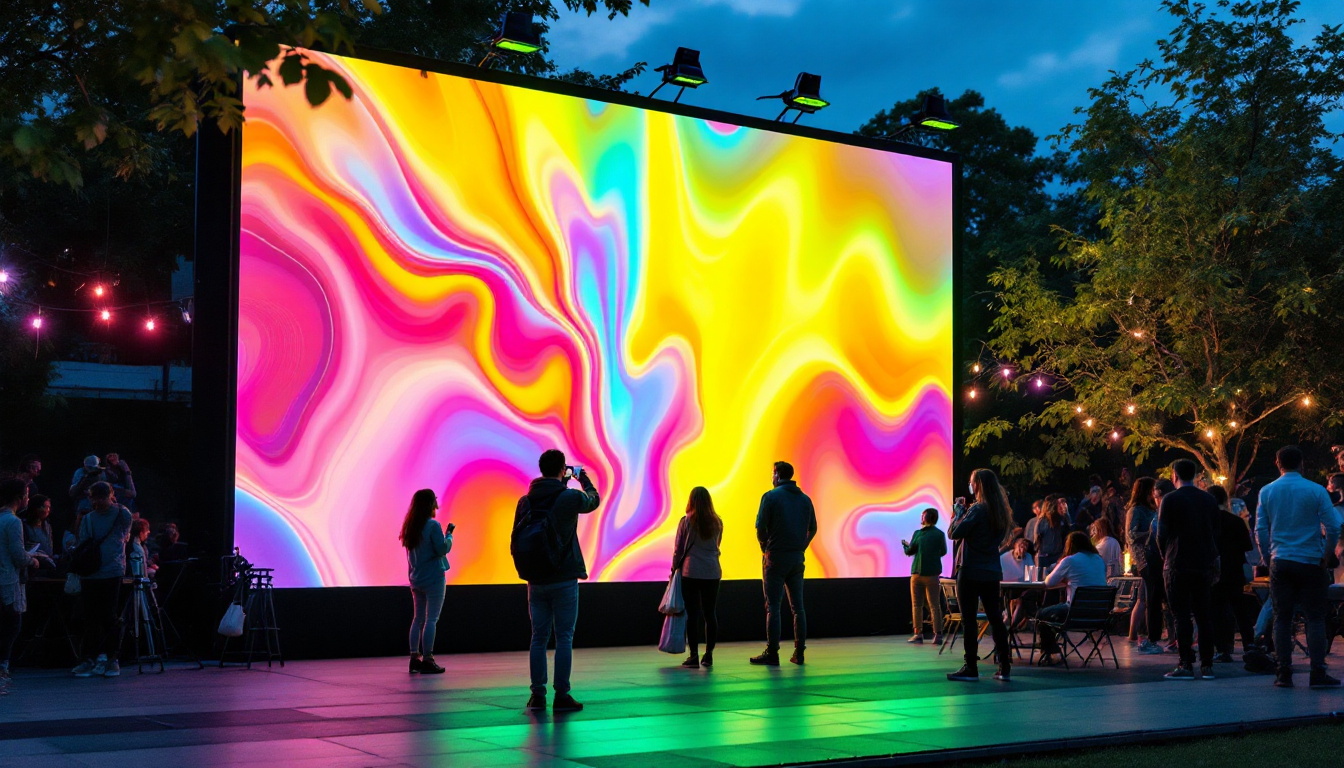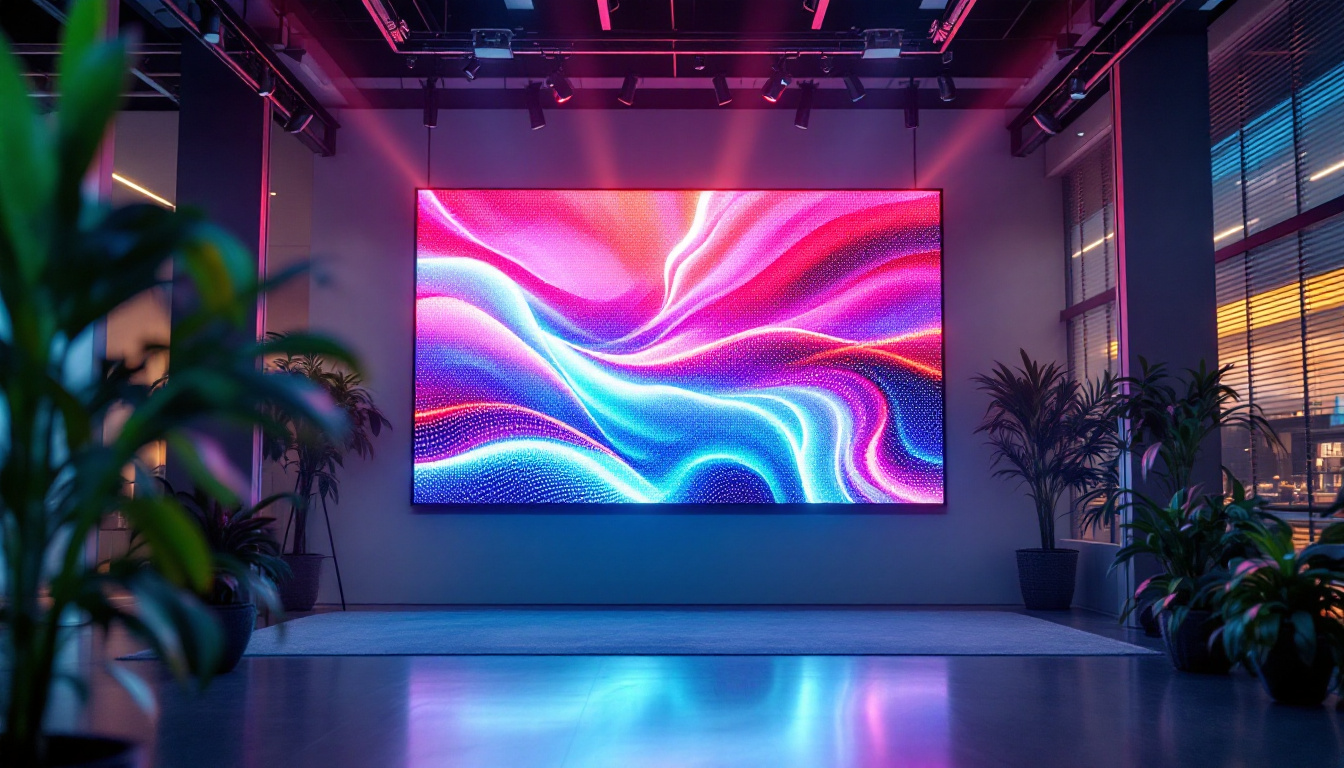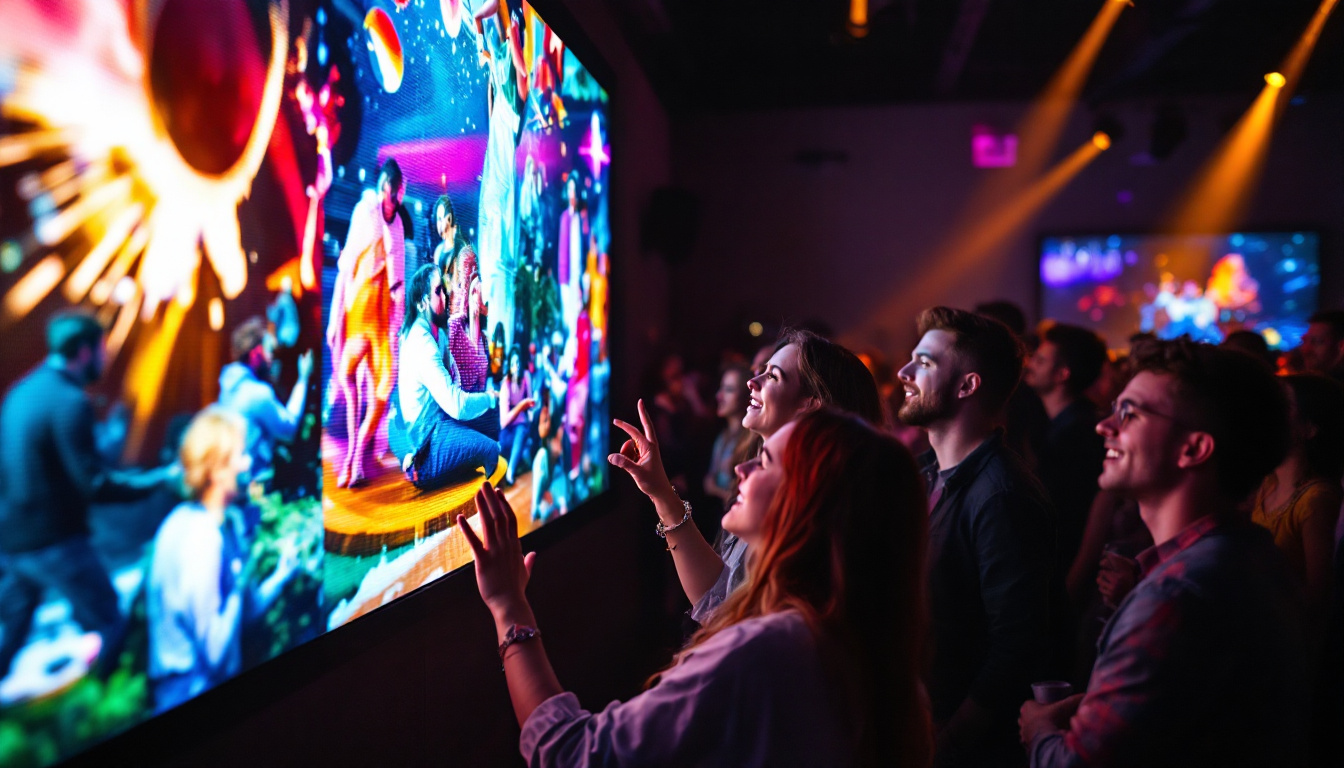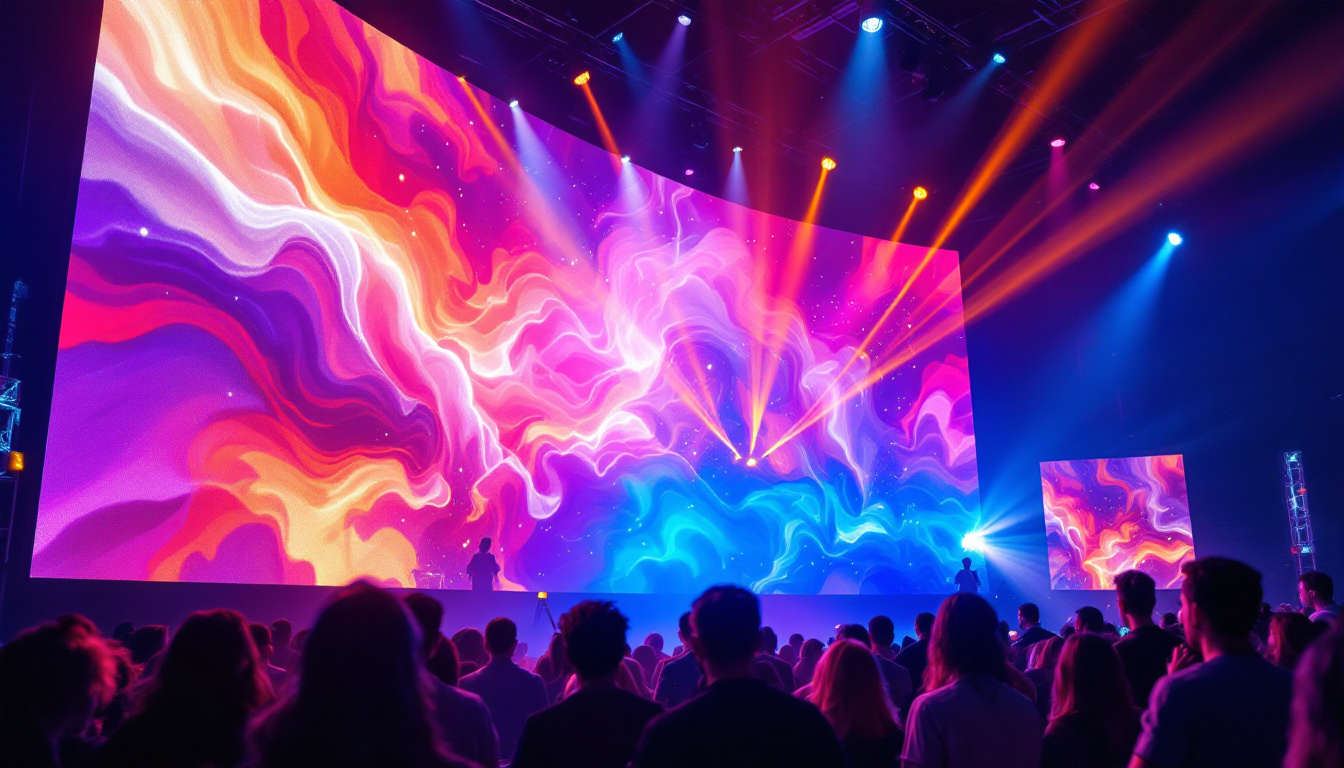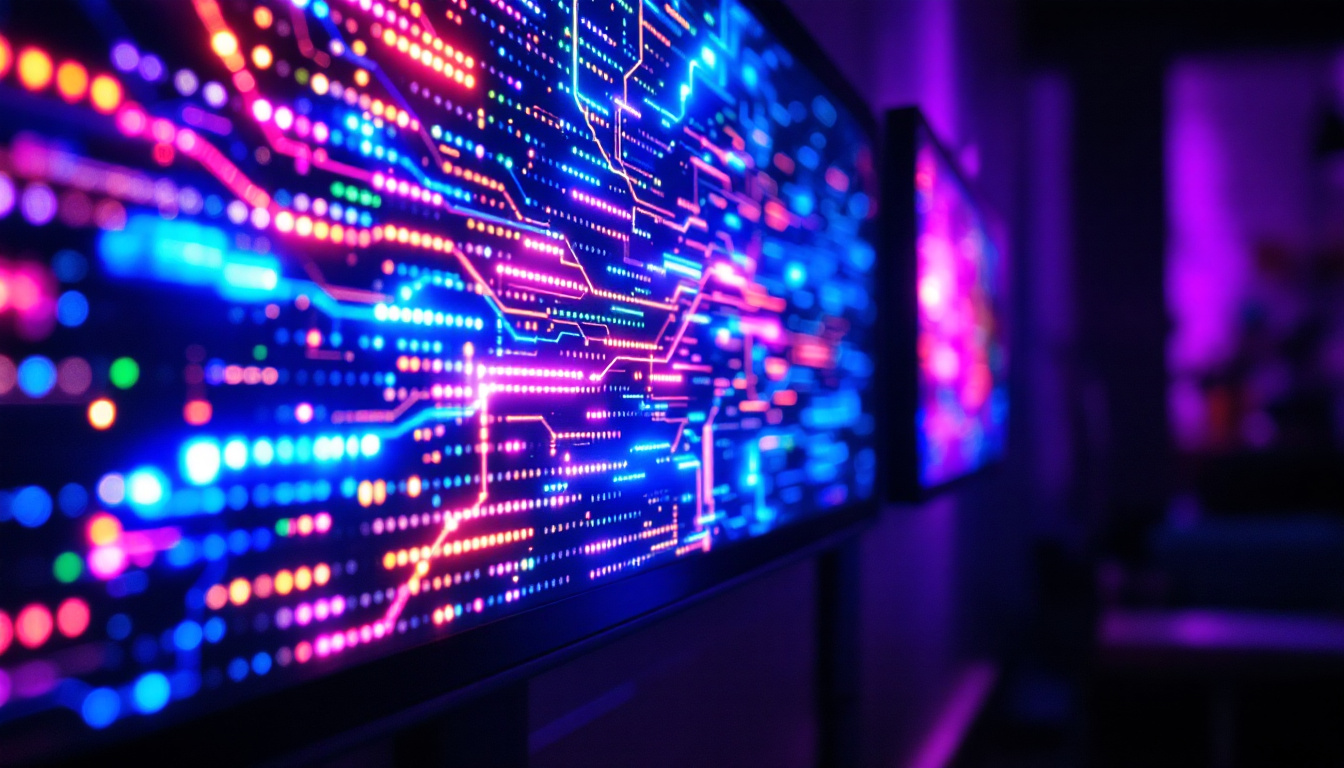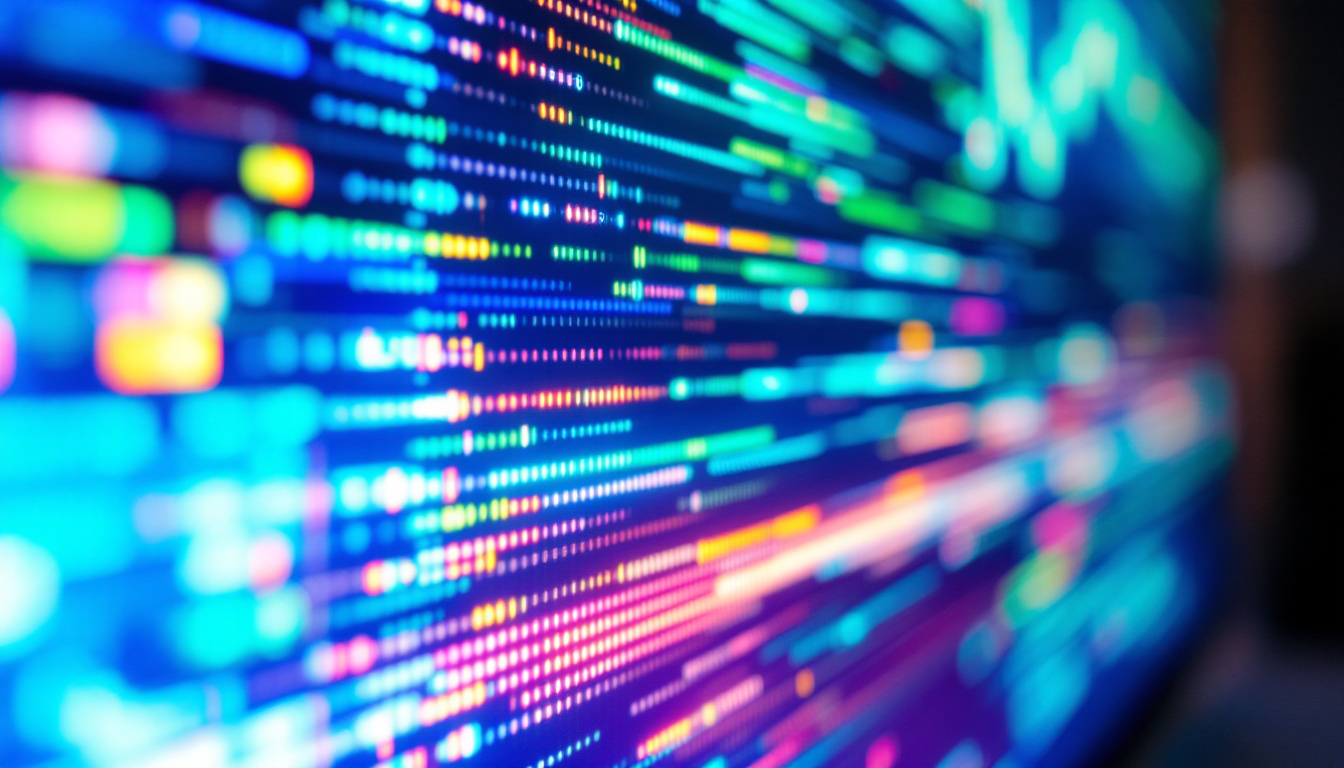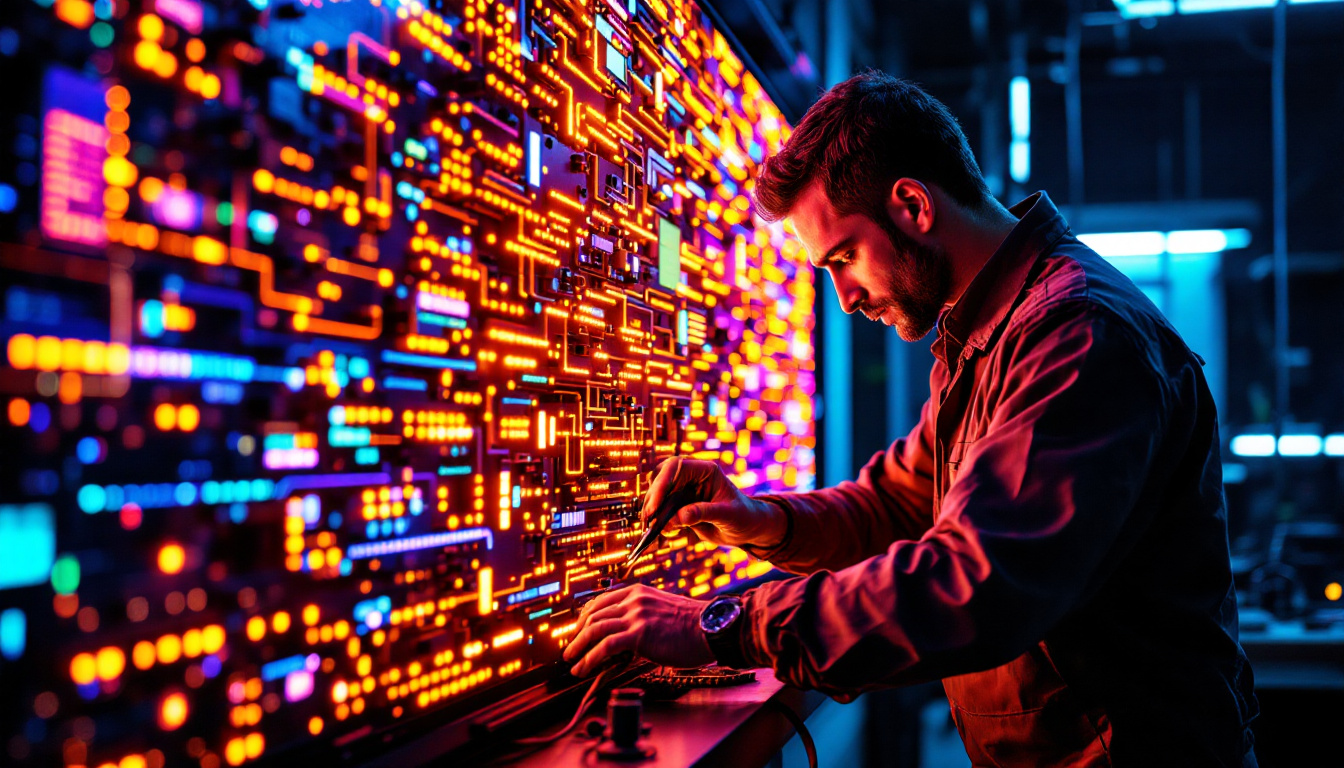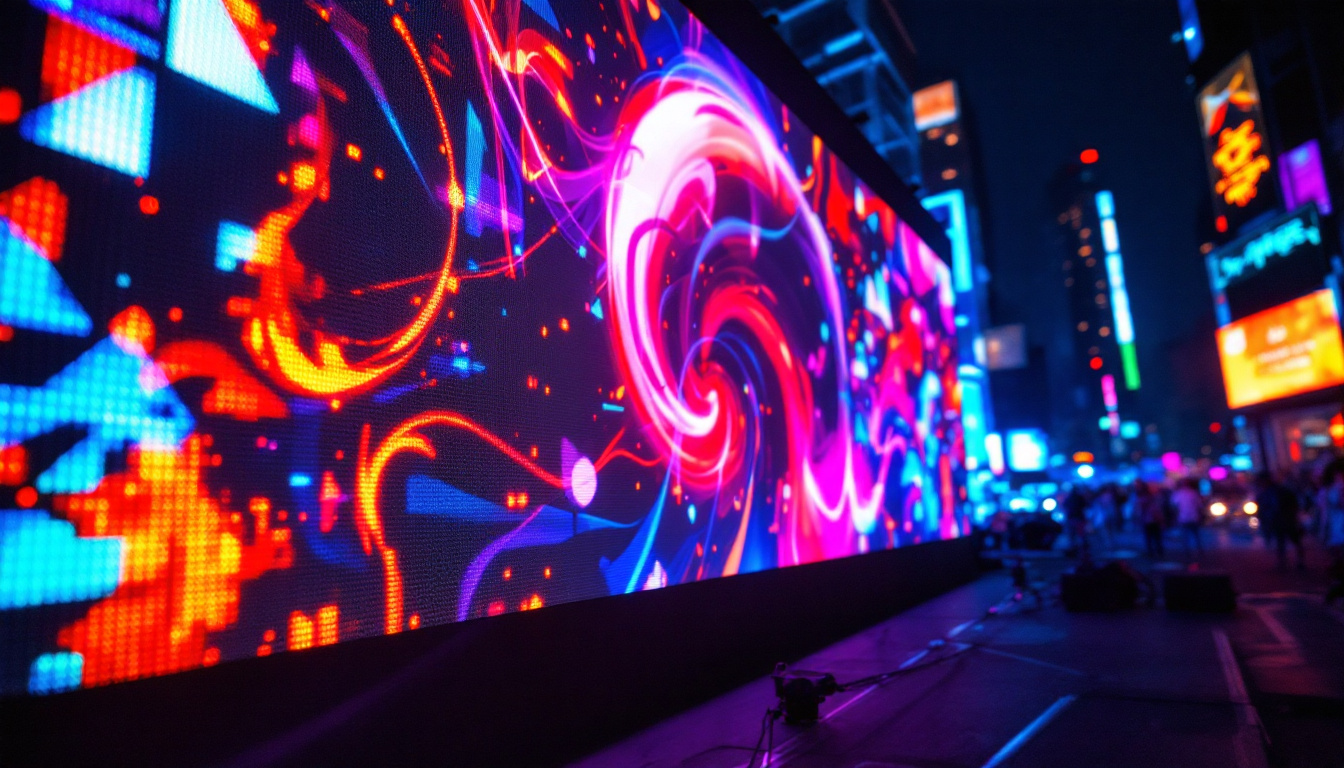In recent years, LED technology has transformed various industries, from advertising to entertainment. One of the most innovative applications of this technology is the interactive LED floor. This dynamic display system not only captivates audiences but also enhances user engagement in various settings, including retail spaces, museums, and event venues. This article delves into the intricacies of LED interactive floors, exploring their technology, applications, and benefits.
Understanding LED Interactive Floors
LED interactive floors are advanced display systems that utilize light-emitting diodes (LEDs) to create vibrant, eye-catching visuals on the ground. These floors can respond to user interactions, allowing for a unique and immersive experience. The technology behind these systems combines hardware and software components that work together to create a seamless interactive environment.
How LED Interactive Floors Work
At the core of an LED interactive floor is a matrix of LED panels. These panels are typically made up of thousands of tiny LED lights that can be individually controlled to display different colors and patterns. When a user steps on the floor, sensors detect the pressure or movement, triggering a response from the system.
The software component processes the input from the sensors and determines how the floor should react. This could involve changing colors, displaying animations, or even playing sounds. The combination of hardware and software allows for a highly customizable experience, making it suitable for a wide range of applications. For instance, in a retail environment, these floors can be programmed to highlight specific products or promotions, guiding customers through the store in an engaging way. In educational settings, they can create interactive games that enhance learning through physical activity, making lessons more memorable and fun.
Key Components of LED Interactive Floors
Several essential components work together to create an effective LED interactive floor. These include:
- LED Panels: The primary visual element, capable of displaying vibrant colors and animations.
- Sensors: Devices that detect user interactions, such as pressure or motion.
- Control System: Software that processes input from sensors and controls the LED panels accordingly.
- Power Supply: Provides the necessary energy for the LED panels and control systems to function.
Each of these components plays a crucial role in ensuring the interactive floor operates smoothly and effectively, delivering a captivating experience for users. Additionally, the durability of the materials used in the construction of these floors is vital, as they must withstand heavy foot traffic while maintaining their visual integrity. Many manufacturers now use tempered glass or high-quality plastics to protect the LED panels from damage, ensuring that the interactive experience remains uninterrupted. Furthermore, advancements in energy efficiency mean that these systems can operate with lower power consumption, making them not only visually appealing but also environmentally friendly.
Applications of LED Interactive Floors
The versatility of LED interactive floors allows them to be used in various settings. Their ability to engage users and create memorable experiences has led to their adoption in numerous industries. Here are some prominent applications:
Retail Environments
In retail, LED interactive floors can enhance the shopping experience by drawing customers’ attention to specific products or promotions. For example, a clothing store might use an interactive floor to showcase a new collection, allowing customers to step on different areas to see videos or animations related to the items displayed.
This not only makes the shopping experience more engaging but also encourages customers to spend more time in the store, potentially increasing sales. The interactive element can also be used to guide customers through the store, directing them to specific sections or products.
Event Venues and Exhibitions
Event venues and exhibitions benefit significantly from LED interactive floors. They can be used to create immersive experiences that captivate attendees. For instance, at trade shows, companies can set up interactive floors to showcase their products or services in a fun and engaging way.
Additionally, these floors can be programmed for different events, allowing for customization based on the theme or purpose of the gathering. This adaptability makes them a popular choice for event planners looking to create memorable experiences.
Educational and Cultural Institutions
Museums, galleries, and educational institutions are increasingly incorporating LED interactive floors into their exhibits. These floors can provide visitors with interactive learning experiences, allowing them to engage with the content in a hands-on manner. For example, a science museum might use an interactive floor to simulate a geological environment, where visitors can step on different areas to learn about various rock formations.
This not only enhances the educational experience but also encourages exploration and curiosity among visitors, making learning more enjoyable and effective.
Benefits of LED Interactive Floors
The adoption of LED interactive floors offers numerous benefits across various sectors. Here are some of the key advantages:
Enhanced User Engagement
One of the most significant benefits of LED interactive floors is their ability to engage users actively. Unlike traditional displays, which passively present information, interactive floors invite users to participate. This engagement can lead to longer dwell times, increased interest, and a more memorable experience overall.
In retail, for instance, engaging customers through interactive elements can significantly impact their purchasing decisions, leading to higher conversion rates.
Customizability and Versatility
LED interactive floors are highly customizable, allowing businesses to tailor the content and experience to their specific needs. This versatility means that they can be adapted for various events, promotions, or themes, making them a valuable investment for businesses looking to create unique experiences.
Moreover, the ability to change the visuals and interactions easily means that the same floor can be used for different purposes over time, maximizing its utility.
Increased Brand Awareness
For businesses, LED interactive floors can serve as a powerful branding tool. By incorporating brand colors, logos, and messaging into the interactive experience, companies can reinforce their brand identity while engaging customers. This can lead to increased brand recall and loyalty, as customers associate positive experiences with the brand.
Additionally, the visually striking nature of LED displays often attracts attention, making them an effective marketing tool in crowded environments.
Challenges and Considerations
While LED interactive floors offer numerous benefits, there are also challenges and considerations to keep in mind when implementing this technology. Understanding these factors can help businesses make informed decisions about their use.
Cost and Investment
One of the primary challenges associated with LED interactive floors is the initial investment. The technology can be expensive, particularly for high-quality LED panels and advanced sensor systems. Businesses must weigh the potential return on investment against the upfront costs to determine if this technology aligns with their goals.
However, it is essential to consider the long-term benefits and potential for increased revenue that interactive floors can bring. In many cases, the investment pays off through enhanced customer engagement and increased sales.
Maintenance and Durability
Another consideration is the maintenance and durability of LED interactive floors. While modern LED technology is designed to be robust, wear and tear can occur, particularly in high-traffic areas. Regular maintenance is essential to ensure that the system operates smoothly and continues to deliver a high-quality experience.
Businesses should factor in the costs and logistics of maintenance when planning their interactive floor installations. Choosing high-quality materials and components can help mitigate some of these concerns.
Technical Expertise
Implementing LED interactive floors requires a certain level of technical expertise. Businesses may need to collaborate with specialists in the field to design, install, and maintain the system effectively. This can add to the overall cost and complexity of the project.
Ensuring that staff members are trained to use and troubleshoot the system is also crucial for maximizing its potential. Investing in training and support can help businesses make the most of their interactive floor installations.
Future Trends in LED Interactive Floors
The technology behind LED interactive floors is continually evolving, and several trends are emerging that could shape their future use. Understanding these trends can help businesses stay ahead of the curve and leverage the latest advancements in the field.
Integration with Augmented Reality
As augmented reality (AR) technology becomes more prevalent, the integration of AR with LED interactive floors is likely to increase. This combination can create even more immersive experiences, allowing users to interact with digital elements overlaid on the physical environment.
For example, a museum exhibit could use AR to provide additional information about artifacts displayed on the interactive floor, enhancing the educational experience for visitors.
Improved Sensor Technology
Advancements in sensor technology are also expected to enhance the capabilities of LED interactive floors. More sensitive and accurate sensors can lead to smoother interactions and more responsive experiences for users.
Additionally, the development of new sensor types, such as those that detect gestures or proximity, could open up new possibilities for interaction design, making the experience even more engaging.
Sustainability Initiatives
As sustainability becomes a more pressing concern, the demand for eco-friendly LED interactive floors is likely to grow. Manufacturers are increasingly focusing on creating energy-efficient products and using sustainable materials in their designs.
Businesses looking to adopt LED interactive floors can benefit from this trend by choosing environmentally friendly options, aligning their brand with sustainability initiatives and appealing to eco-conscious consumers.
Conclusion
LED interactive floors represent a significant advancement in display technology, offering businesses and institutions a unique way to engage their audiences. With a wide range of applications, from retail to education, these systems provide an immersive experience that captivates users and enhances brand awareness.
While there are challenges to consider, such as cost and maintenance, the potential benefits make LED interactive floors a worthwhile investment for many organizations. As technology continues to evolve, the future of LED interactive floors looks promising, with opportunities for integration with AR, improved sensor technology, and a focus on sustainability.
In a world where customer engagement is paramount, LED interactive floors stand out as a powerful tool for creating memorable experiences that leave a lasting impression.
Discover LumenMatrix LED Display Solutions
Ready to elevate your space with the interactive power of LED technology? LumenMatrix is at the forefront of creating immersive environments that engage and inspire. From vibrant retail displays to educational exhibits that come to life, our extensive range of LED solutions—including Floor LED Displays—are designed to meet your unique needs. Experience the future of visual communication and transform your audience’s experience. Check out LumenMatrix LED Display Solutions today and start crafting your unforgettable visual narrative.


